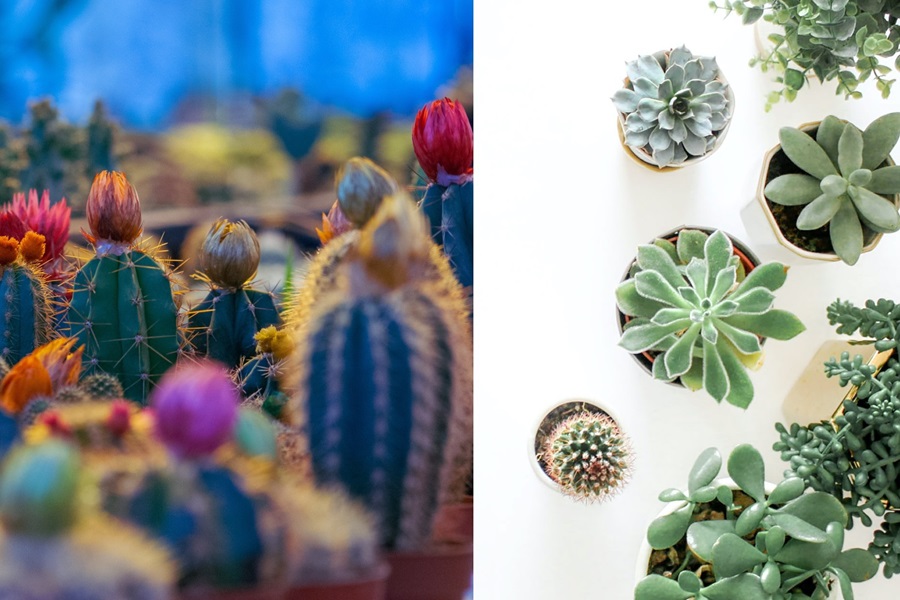Had Avocado on toast over the weekend? Describe your friend as a “girl boss”? Sporting a side parting?
Well, unfortunately your Gen Z friends, family or customers could well be sniggering behind your back and calling you ‘Peak Cheugy.’
When Collins Dictionary announced ‘cheugy’ as one of its 2021 ‘Words of the Year’, we knew that this once-niche descriptor needed investigating. Used to describe something no longer cool or fashionable, often in reference to someone or something from the 2000s, ‘cheugy’ joins the ranks of ‘OK Boomer’ and ‘Millennial snowflake’ as inter-generational insults, capturing the growing divide between Gen Z and their older counterparts.
But how do you, as a brand, protect yourself from becoming cheugy without forgetting your current, loyal customer based on Millennials and beyond? The answer comes from better understanding the contrasting visual worlds of ‘authenticity’.
Curated perfection
For millennials, authentic expression comes to life through curated perfection.
Deliberately hyper-curated perfectionism underpins Millennial visual language. Dominated by control, minimalist cohesion, and conventional ‘beauty’, they present a sense of their individual achievement by creating an outwardly polished aesthetic.
Related to life stage, as Millennials set up home and start families, they take the principles of curation honed through Instagram and apply it to real-life spaces.
From their affinity with soft pastel hues, wellness aesthetics and the sleek finishes of their Instagram curations, Millennials are seeking brands that help curate a clean, harmonious and always aspirational world.
Messy realness
Gen Z, on the other hand, are embracing imperfection in the pursuit of authenticity, with a visual style best described as messy realness, using collage style layering, DIY visual mediums like zines, and the raw candour of cluttercore and photodumps to express themselves in the digital realm. A desire for real self-expression, freedom and fluidity drives their aesthetic where digital and analogue come together as one.
Given that most Gen Z are CARLYs (Can’t Afford Real Life Yet) still living at home, in student accommodation or in short-term rentals, cluttercore may be an aesthetic of necessity.
Despite these differences, and the growth of Gen Z’s impact on the world, this isn’t the time to tear up your pastel colours, throw out your flat lays or rewrite your motivational one liners. Instead, brands need to look at a way to simultaneously align with these generational siblings.
When it comes to a brand brilliantly bridging the ‘authenticity gap’, there was a major stand out in 2021 in the form of luxury fashion brand Gucci.
The example of Gucci
Throughout 2021, Gucci was on a mission to show up differently in its category, harnessing the power of TikTok and strategic partnerships to shake ‘old’ associations and reach the growing Gen Z market.
From brand partnership that merged The North Face with TikTok train enthusiast Francis Bourgeois, a limited edition watch collection with esports brand Fnatic that sold out in 48 hours, to a 2020 campaign that put model-generated ‘messy realness’ at the centre, these explorations have led to renewed momentum for Gucci.
By the end of 2021, this saw Gucci’s brand value grow by 24% year on year, rising to $33,838M according to our Kantar BrandZ global report.
Wrapped
As in previous years, Spotify was also there in 2021 to provide creative inspiration. Their zeitgeisty ‘Wrapped’ was a true best-in-class example of ‘hitting the right note’ when it comes to communicating with their subscribers. Design-wise, the soft pastel colour palette appeals to Millennials, while the bold, collage-like aesthetic and ironic tone of voice taps into Gen Z youth culture.
This year’s edition also included Audio Aura, describing the listener’s top music ‘moods’ – appealing to those within both demographics who are ‘like literally obsessed’ with Astrology.
But perhaps the most obvious red thread explaining Wrapped’s success with both cohorts is that it taps into both Millennials and Gen Z’s innate impulse to self-brand and to share their uniqueness.
To find out more about Gen Z and Millennials and how to optimise your brand for success, please download the full report.



